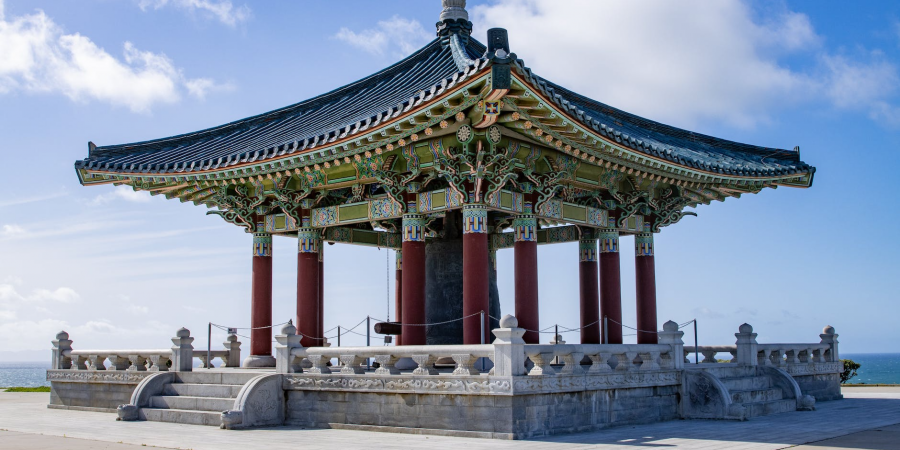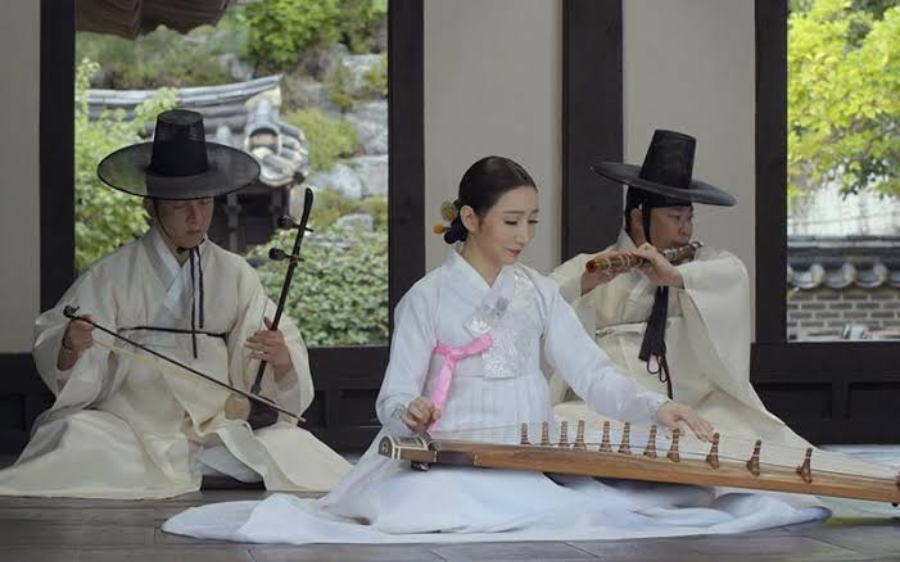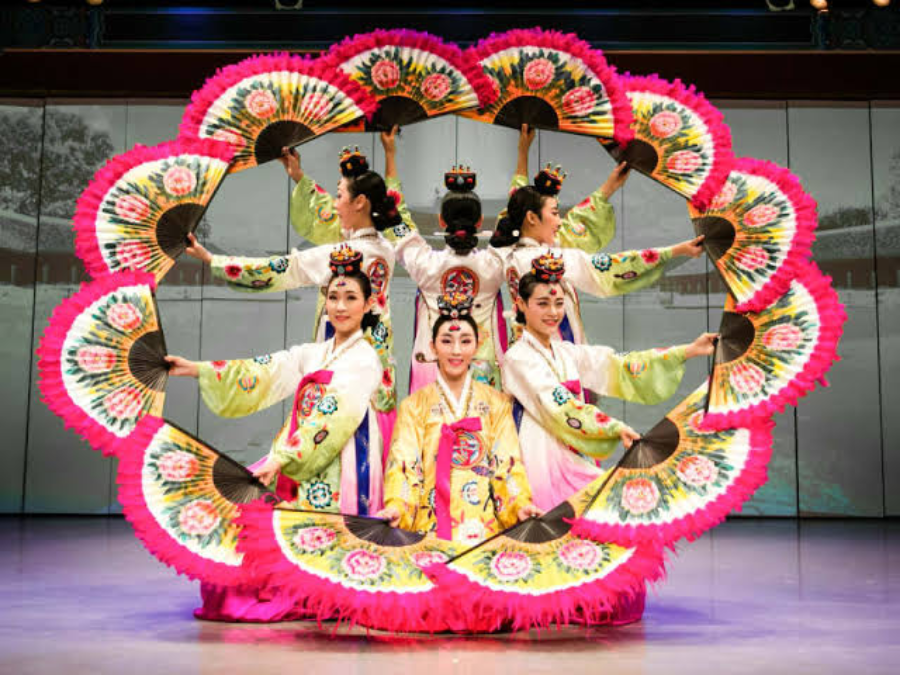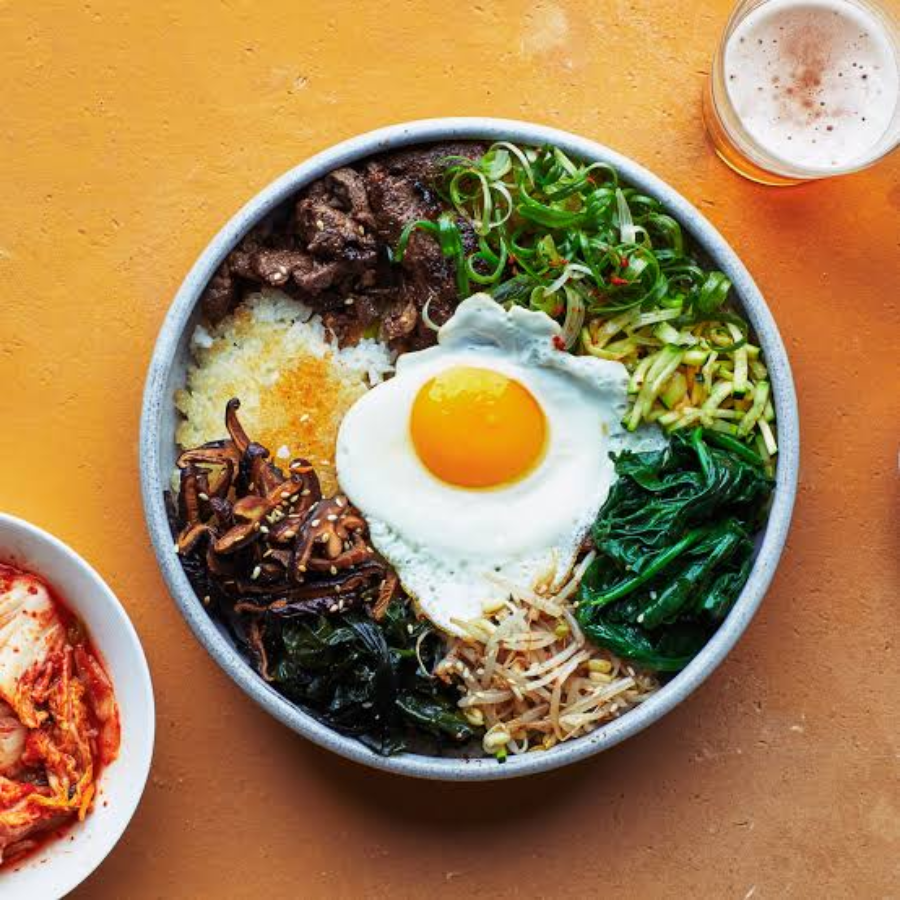

Hello everyone 👋
Today My another blog is KOREAN CULTURE.
In South Korea, the surprising and stunning juxtapositions of modern and traditional culture are evident. Seoul offers a delightful tour that includes traditional Korean music, stunning temples and palaces, and a state-of-the-art B-Boy dance performance. Western art galleries in museums host shows that would make any Western metropolis envious, and Korean cities are home to a multitude of small and large Korean art galleries.
China, Taiwan, Japan, and other Asian nations have already experienced the Korean Wave's impact on Korean culture. Korean culture is set to become much more prominent in the West in the twenty-first century.
Six Korean cultural legacies, referred to as "Hans," are considered crucial for internationalisation and are included in the Korean alphabet (Hanul), food (Hansik), clothing (Hanbok), traditional housing (Hanok), Chinese characters (Hanja), and music (Hanguk-Eumak). These are the core ideas of Korean culture that represent the essence of Korea.
Customary tunes (Gugak)
Traditional Korean music and other artistic forms, including song and dance, are referred to as "Gugak" in unison. The Joseon dynasty's Jangagwon government organisation came up with this phrase to protect Korean music and set it apart from foreign music.

The Gugak is categorised based on the particular genre of music. In this way, we can differentiate:
●Acceptable music, such as jeongga or jeongak
●Folk music (japga, sanjo, and pansori)
●Music for official functions (jeongjae)
●Buddhist traditional music (salpuri, seungmu)
●Songs of poetry (gagok, sijo)
Folk dance or traditional dance
A vital component of South Korea's cultural legacy is dance. Dance traditions have their roots in the Goryeo kingdom. The centuries have brought about a few changes to this. Still, he combines animal-like gestures in a ritualistic attempt to attain prosperity, health, and well-being.

The crane dance is the only traditional dance where people wear masks that look like birds. This dance is a long-life ritual that includes prayers for the health and happiness of the royal family. The dancers' expressive motions, which mimic cranes flapping their wings, make this one of the most remarkable.
From Greater Seoul to rural areas, traditional dancing is ingrained in Korean culture. Anywhere on the peninsula, at a fair, in a big theatre or in an ordinary agricultural field, we can watch their performances.
Korean Food
Bowls of rice, bowls of soup or stew, plus a few side dishes make up a typical Korean dinner. However, there is a delectably broad variety of recipes for every season and palate within that fundamental framework.
The platter of Korean bibimbap looks stunning. It can also be readily adjusted to suit different palates with varying amounts of spice. Though you can use whatever veggies you have in your garden or refrigerator, this recipe calls for six. Although bibimbap is typically eaten with beef in Korea, it can also be topped with a sunny-side-up fried egg.

Making mandoo, sometimes called mandu, as part of the Lunar New Year celebrations in Korea is considered auspicious. These traditional cylindrical rice cakes, called tteok manu guk, are served with a meal called mandu-guk, which is made with these Korean dumplings mixed to a beef or anchovy broth.
Although you may find them cooked with chicken or just vegetables, this recipe for Korean dumplings uses either beef or pork. They can be made ahead of time and frozen for later use.
That's all! Keep supporting and comment your favourite Korean series 👇🩵
